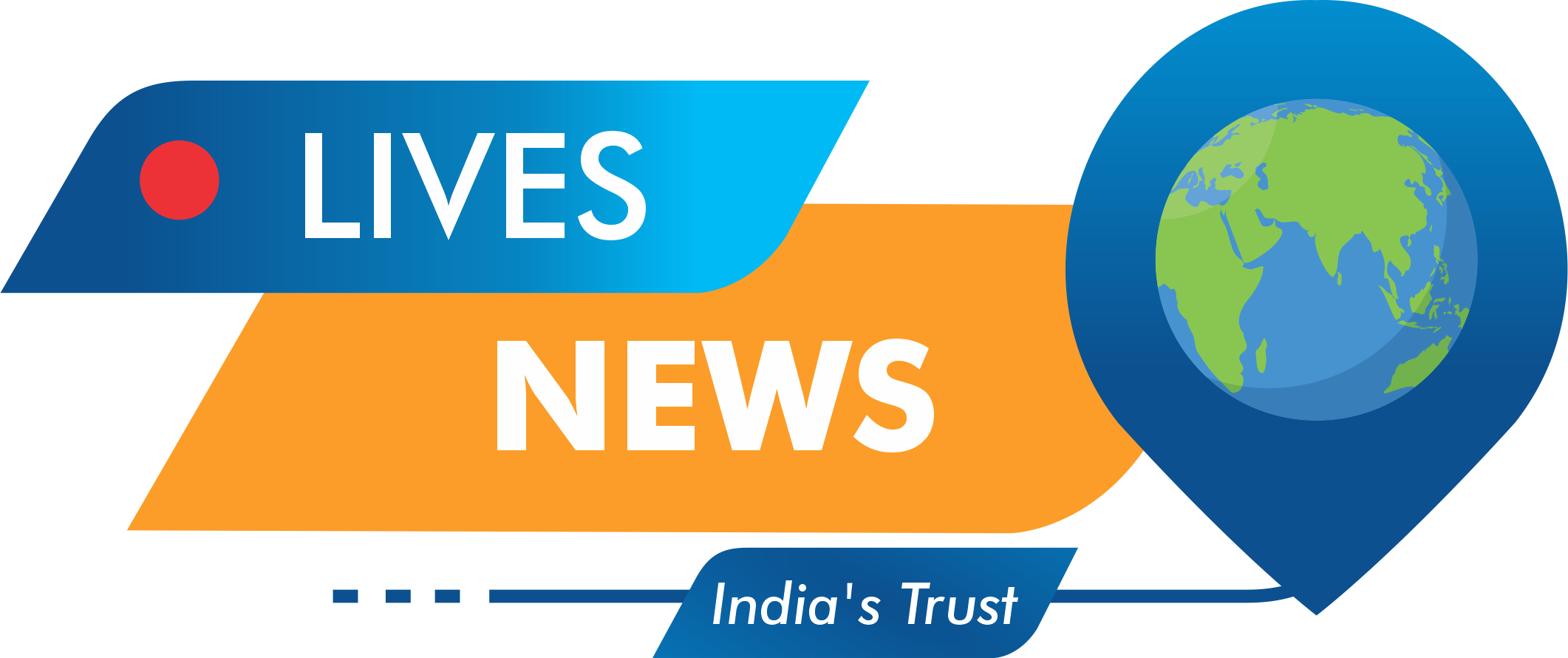On the 50th day of the protest, Padmajam from Trivandrum decided to join the other women in chopping off her hair, except, unlike the hundreds of others who cut off a few inches, she went and shaved it all off.
It was an extreme step — one that marked her frustration with the Kerala government. Despite nearly two months of protest, the government has not given in to the demands of her fellow ASHAs (accredited social health activists). At nearly 62, Padmajan is running out of time before she retires after working for 17 years as an ASHA.
Sitting in front of the secretariat building from where she and thousands of her fellow ASHAs have been protesting for close to two months, many of the women were weeping. “This act of shearing their hair, a raw and powerful gesture of defiance and anguish, was unlike anything seen in India’s history, before or after Independence,” writes journalist Rejimon Kuttapan who specializes in workers’ rights. “It struck a powerful chord, drawing quiet waves of empathy from those who witnessed it.”
Tasked with implementing the goals of the National Health Mission, the 26,225 ASHAs in the state work seven days a week for up to 10 hours a day, says MA Bindu, state general secretary of the Kerala ASHA Health Workers Association (KAHWA). “After completing their field work and palliative care duty, they have to write reports…there is hospital duty for four days in a month,” she says. For this they are paid ₹7,000 a month or ₹232 a day, which is less than the government’s own prescribed minimum wage for the unorganized sector.
The women want to be paid minimum wage of ₹21,000. They also want a one-time payment of ₹five lakh when they retire. And they want the option of increasing the retirement age to 65, says Bindu.
Volunteers not employees

The all-women force of over one million ASHA workers throughout India serve as a “crucial interface between India’s community and public health delivery, providing maternal and child health care, immunization and other services and supplying the government with on-ground health data,” notes feminist website BehanBox.
Going door to door, they track pregnancies, ensure expectant mothers understand proper nutrition and encourage them to deliver at hospitals. It is their job to ensure children are immunized. And they must maintain birth and death charts as well as update household data.
“From family planning to delivery, we have a lot of work, and then this must all be recorded,” says Sunita, an ASHA worker in Haryana who says she spends at least seven hours a day, seven days a week on the job. “Yet we are not entitled to even maternity benefits.”
Many come from poor and marginalized communities, but because they are considered volunteers, they are paid an ‘honorarium’ that varies from state to state: in Haryana, following a 73-day protest in 2023, it’s ₹6,100, Sikkim pays ₹10,000, Karnataka will pay ₹10,000 from April 1 following a strike by ASHAs, and Pondicherry at ₹18,000 is the highest.
ASHA workers also get paid for additional tasks such as distributing oral rehydration sachets (one rupee per sachet) and accompanying women to government hospitals to give birth ( ₹300 per delivery).
Only one state, Andhra Pradesh gives ASHAs 180 days of paid maternity leave and a gratuity of ₹1.5 lakh at retirement.
A 16-state survey in 2020 by BehanBox and Article-14 found that ASHA workers feel alienated and undervalued for the work they do; a feeling that was exacerbated during Covid. “What we are seeing is the institutionalized precarity of all kinds of women workers seen either as volunteers or sakhis,” says Bhanupriya Rao, the founder of BehanBox. “The government is creating a cadre of workers that is doing the government’s public service work but without being treated as employees.”
[BehanBox has series documenting 20 years of ASHA workers’ lives. Click here to read.]
The way forward

ASHA workers are not the only all-women cadre of volunteers. There are 1.3 million Anganwadi workers and another 1.2 million Anganwadi helpers who are crucial to the Integrated Child Development Scheme, launched in 1975. The ICDS is the world’s largest programme for early childhood care and development and caters to 158 million children and also pregnant and lactating mothers.
With the introduction of new laws such as the Right to Education (2009) and Food Security Act (2013), the women’s duties have expanded. Yet, they continue to remain volunteers not employees.
In April 2022, a two-judge Supreme Court bench ruled that Anganwadi workers and helpers were entitled to gratuity. The case had reached the apex court after the Gujarat government refused to pay a one-time gratuity of ₹14,423 to an Adivasi Anganwadi helper who had retired after 21 years of service.
The two-judge bench asked the state and central government to note the plight of these women frontline workers who, more than just part-time volunteers, undertook statutory obligations of the government.
In November 2024, another ruling this time by the Gujarat high court said Anganwadi workers and helpers in the state are entitled to be absorbed as permanent employees.

This matters because as employees, the women will be entitled to minimum wage as well as benefits including pension and paid maternity leave.
But beyond the benefits, lies the larger question of dignity. If the womens’ labour amounts to full-time work, should the government be treating them as volunteers by paying them exploitative ‘honorariums’ that are below minimum wage?
Noting that there is a growing trend of feminization of the health workforce, a 2024 research paper by Deepika Joshi and others finds a “significant proportion of women in this field tend to enter the lower echelons of the health workforce hierarchy. Their occupation and standing are often influenced by factors such as caste, class and socioeconomic status.” Although their work is pivotal in “sustaining crucial health and care functions within society … the working conditions of these professionals are marked by precarity, inadequate compensation, weak support systems, and other challenges.”
At a time when the government talks of nari shakti and political parties promise all manner of financial inducements to win over the powerful constituency of women voters, surely recognizing frontline health workers, Anganwadi as well as ASHA would not be out of place. Kerala would be a good place to start.




